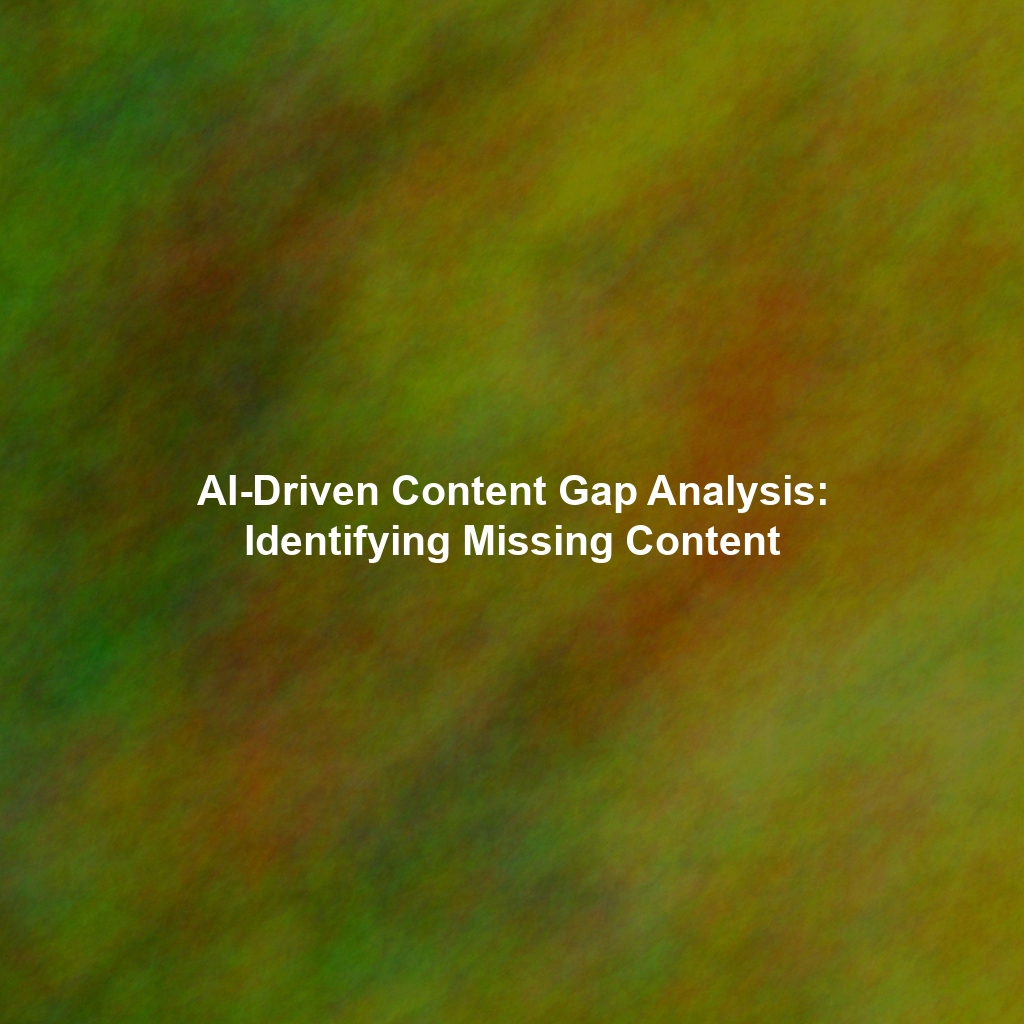Introduction: The Tightrope Walk of AI in Regulated Industries
In the realms of healthcare and finance, the promise of Artificial Intelligence (AI) is tantalizing. Imagine personalized health advice delivered proactively, or financial recommendations tailored to individual risk profiles. AI-driven content strategies can achieve this, but they tread a delicate line. The quest for hyper-personalization clashes head-on with the paramount importance of user privacy. Failing to navigate this tension can lead to severe regulatory penalties, reputational damage, and a loss of customer trust. This article delves into this critical balance, offering practical insights for developing AI content strategies that are both effective and ethical.
The Allure of Personalized Content in Healthcare and Finance
Healthcare: Tailored Care Through AI
In healthcare, personalized content can revolutionize patient engagement. AI can analyze patient data – from medical history to lifestyle choices – to deliver tailored content. This could include personalized medication reminders, articles on managing specific conditions, or even predictive alerts about potential health risks. The potential benefits are immense, leading to improved patient outcomes, increased adherence to treatment plans, and a more proactive approach to healthcare management.
Finance: Customized Financial Guidance
Similarly, in finance, AI can create highly personalized experiences. Imagine a platform that provides investment advice based on your risk tolerance, financial goals, and spending habits. AI can also be used to detect fraudulent activity, offer personalized loan options, or provide targeted financial education. This leads to improved financial literacy, better investment decisions, and a more secure financial future for individuals.
The Privacy Imperative: Navigating GDPR, CCPA, and Beyond
Understanding GDPR and CCPA’s Impact on AI
The General Data Protection Regulation (GDPR) in Europe and the California Consumer Privacy Act (CCPA) in the United States have fundamentally changed how companies collect, use, and protect personal data. These regulations grant users significant rights, including the right to access, correct, and delete their data. In the context of AI, this means that organizations must be transparent about how they are using AI, what data they are collecting, and how users can control their data.
Key Privacy Considerations for AI Content Strategies
When developing AI-driven content strategies in healthcare and finance, consider the following privacy principles:
- Data Minimization: Only collect and use the data that is strictly necessary for the intended purpose.
- Transparency: Be clear and upfront with users about how their data is being used by AI algorithms.
- Consent: Obtain explicit consent from users before collecting and using their personal data.
- Data Security: Implement robust security measures to protect user data from unauthorized access or breaches.
- Anonymization and Pseudonymization: Whenever possible, anonymize or pseudonymize data to reduce the risk of re-identification.
- Right to Explanation: Users should have the right to understand how AI algorithms are making decisions that affect them.
Practical Tips for Ethical AI Content Strategies
1. Prioritize Privacy-Enhancing Technologies (PETs)
Explore and implement PETs like differential privacy and federated learning. Differential privacy adds noise to data to protect individual identities while still allowing for meaningful analysis. Federated learning allows AI models to be trained on decentralized data sources without actually sharing the data.
2. Implement Robust Data Governance Policies
Establish clear data governance policies that define who has access to data, how data can be used, and how data is protected. Regularly audit these policies to ensure compliance and effectiveness.
3. Emphasize Transparency and Explainability
Design AI systems that are transparent and explainable. Provide users with clear explanations of how AI algorithms are making decisions that affect them. Consider using techniques like SHAP values or LIME to explain AI model predictions.
4. Seek User Feedback and Iterate
Involve users in the development and testing of AI-driven content strategies. Collect user feedback on privacy concerns and preferences, and use this feedback to improve the design and implementation of AI systems.
5. Train Employees on Privacy Best Practices
Provide comprehensive training to employees on privacy regulations, ethical AI principles, and data security best practices. Foster a culture of privacy awareness throughout the organization.
6. Regularly Audit and Update AI Models
AI models can inadvertently perpetuate biases or privacy violations. Regularly audit and update AI models to ensure fairness, accuracy, and compliance with privacy regulations.
The Future of AI Content: A Focus on Privacy by Design
The future of AI-driven content in healthcare and finance hinges on a “privacy by design” approach. This means that privacy considerations are integrated into every stage of the development process, from initial design to deployment and maintenance. By prioritizing privacy from the outset, organizations can build trust with users, comply with regulations, and unlock the full potential of AI in a responsible and ethical manner.
Conclusion: Balancing Personalization and Privacy for Sustainable Success
The tension between personalization and privacy is a defining challenge for AI-driven content strategies in highly regulated industries like healthcare and finance. By embracing a privacy-first approach, implementing robust data governance policies, and prioritizing transparency, organizations can navigate this challenge successfully. Ultimately, building trust with users and respecting their privacy is not just a legal requirement; it’s a fundamental ingredient for sustainable success in the age of AI.
 Skip to content
Skip to content
